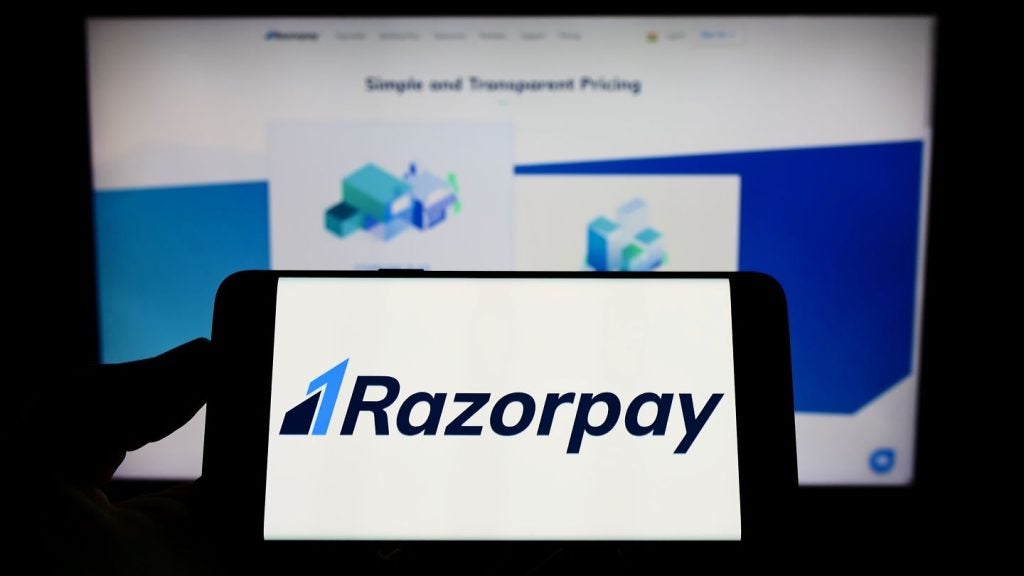A large rural population means financial inclusion and payment card uptake are low in Vietnam. Nearly half of cards issued are dormant, and most of the rest are only used for cash withdrawals. The government’s key priority is microfinance, through which it aims to improve consumer awareness of financial services
Vietnam remains a cash-dominant country, with much of its population having no access to the formal banking system.
Much of Vietnam’s population lives in rural areas and depends on moneylenders and other informal providers to access financial services. The percentage of the population aged 15 or above with a bank account was 30.9% in 2014, according to the World Bank’s Global Findex survey.
Payment card uptake in Vietnam is low, at 1.03 cards per inhabitant. This is a result of limited consumer awareness of the benefits of electronic payments, and insufficient access to formal banking.
Nearly 50% of issued payment cards in the country are dormant, and 90% of active cards are only used for ATM cash withdrawals; only 10% are used for in-store payments.
At 0.05, the average number of monthly card transactions at POS terminals is significantly lower than in peer countries including Thailand, the Philippines, Cambodia and Pakistan. However, with the government and banks making efforts to increase banking penetration, payment card use is expected to rise over the next five years.


US Tariffs are shifting - will you react or anticipate?
Don’t let policy changes catch you off guard. Stay proactive with real-time data and expert analysis.
By GlobalDataIncreasing penetration and inclusion
With the country’s large unbanked population, financial inclusion remains a priority, and the government and other bodies have been taking initiatives to improve banking penetration in Vietnam.
The government plans to grow microfinance in phases by 2020, by developing a safe and sustainable financial system to serve low-income consumers and small businesses.
This includes formulating microfinance-related guidelines, developing a credit bureau, and revising the legal framework for microfinance institutions and linking them to other credit institutions.
To promote financial literacy, independent consumer protection body the Vietnam Standards and Consumers Association (Vinastas) is educating consumers about savings, loans and other financial services.
The Women’s Union and the Vietnam Farmer’s Union play key roles in promoting financial inclusion by providing information about financial services to consumers, and helping them overcome financial problems. These initiatives are expected to improve consumer awareness of the financial system.

Growing high-income population
Credit cards accounted for 3.6% the payment card transaction value in 2015. Credit card penetration in Vietnam was 4.9 cards per 100 inhabitants in 2015, lower than in peer countries such as Thailand (32.0) and the Philippines (8.3).
Despite its small size, the credit card market offers growth potential, supported by rising middle- and high-income populations, and changing consumer habits.
The rapidly growing middle- and high-income populations have driven growth in credit cards in Vietnam. According to a survey by the Boston Consulting Group (BCG) in 2014, Vietnam had the fastest-growing middle-class and high-income population in Southeast Asia; this population is expected to reach nearly 30 million by 2020.
Consumer shopping behaviour is also changing gradually, with nearly 80% of consumers occasionally shopping at modern retail outlets such as supermarkets and hypermarkets.
However traditional brick-and-mortar shops are the main consumer sales points, according to the BCG survey. Growth in modern trade combined with deals, discounts and promotions offered by retailers encourage consumers to use credit cards more frequently.
E-commerce supporting payment card growth
E-commerce grew significantly from $201.4m (VND4.1trn) in 2011 to $3.8bn in 2015, at a CAGR of 108.25%. Despite the rapid growth, e-commerce accounts for a tiny share of the retail sales value as consumers prefer to buy from conventional retailers.
Lack of robust payment platforms, infrastructure and logistics are restricting e-commerce’s growth. Although a number of online marketplaces operate, they only provide information on products and services; there is no option to make online payments.
Traditional methods including credit transfers and payment cards remain the most popular modes of payment for online shoppers in Vietnam; the two collectively accounted for 66.1% of the total e-commerce transaction value in 2015. Cash on delivery and digital wallets are also used for online payments, with each accounting for 11% of the total e-commerce transaction value in 2015.

Government encourages POS installations
The number of POS terminals recorded a CAGR of 33.66% over the past five years, rising from 70,000 in 2011 to 223,381 in 2015, in response to government’s plan to increase the number of POS terminals to 250,000 by 2015. With the increased number of POS terminals at retail outlets, the country’s potential for card-based payments is also expected to grow.
Alongside conventional POS terminals, the industry registered an increase in the uptake of mPOS solutions between 2011 and 2015. TPBank launched its mPOS solution in November 2014, allowing merchants to accept debit and credit card payments.
This was one of the first mPOS solutions launched by a commercial bank, and contains slots for both chip and magnetic cards. It comprises a device which can be connected to a mobile phone’s audio port, and uses a pre-installed mPOS app.
To capitalise on the rising uptake of mPOS solutions among SMEs, in January 2015 Vietnam Export Import Commercial Joint Stock Bank and electronic payment service provider, Wirecard Group launched the Eximbank mPOS service to accept card payments by smartphone or tablet.
The mPOS consists of a reader of magnetic strip and EMV-chip cards, and can accept MasterCard, Visa and JCB payments.







